Technology In Post-Hurricane Recovery: Innovations That Help
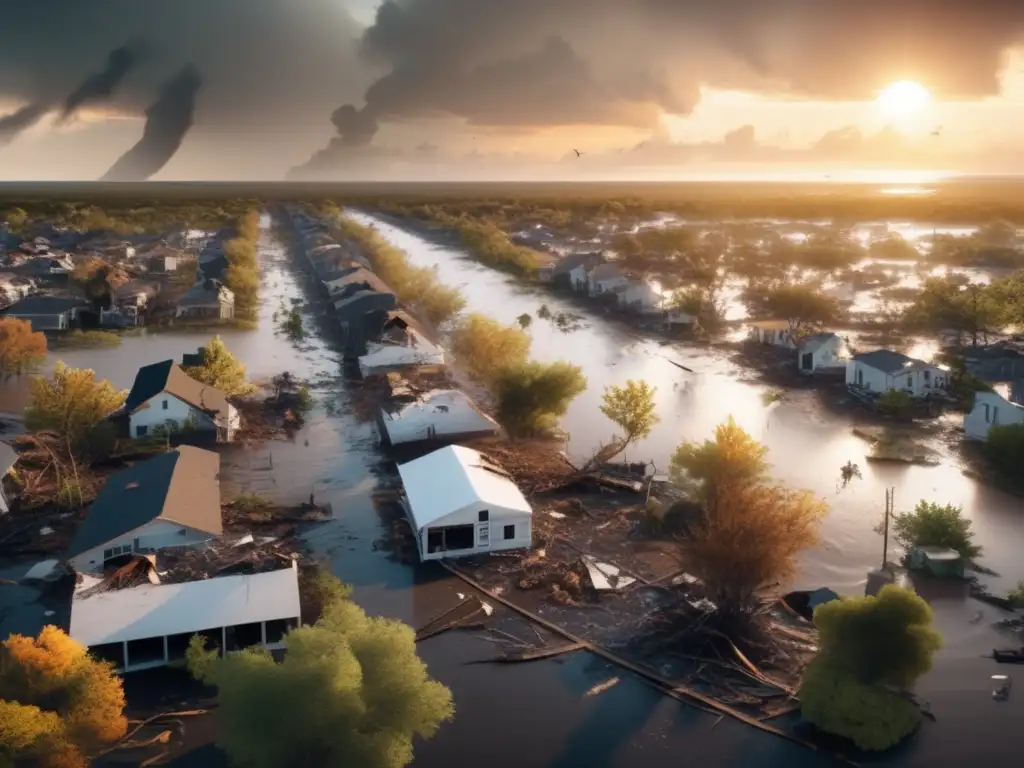
Technology in Post-Hurricane Recovery: Innovations that Help
Introduction
Hurricanes are one of the most devastating natural disasters that can occur. They cause extensive damage to buildings, infrastructure, and homes, leaving millions of people displaced and struggling to rebuild their lives. In recent years, technology has played an integral role in helping communities recover from hurricanes. This article will examine some of the innovative technologies that have been developed to aid in post-hurricane recovery efforts.
AI-Assisted Damage Assessments
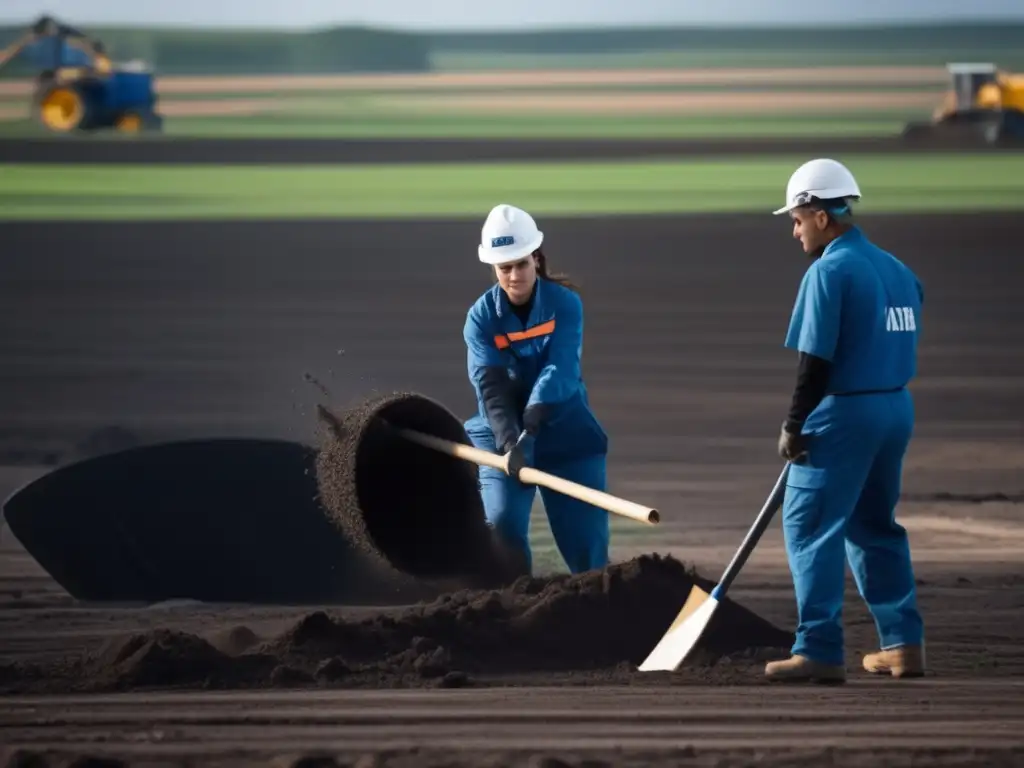
Using Drone Technology
After a hurricane, it can be challenging to assess the extent of the damages accurately. To help with this process, drones have been deployed to provide high-resolution aerial images of the affected areas. The images help emergency responders, insurance adjusters, and other professionals understand the scope of the destruction and prioritize relief efforts.
The use of Artificial Intelligence (AI) technology in analyzing these images has also been instrumental in post-hurricane recovery efforts. Predictive analytics can help identify areas that require immediate assistance, enabling first responders to allocate resources and personnel more efficiently. Through deep learning algorithms, machines can detect even the smallest details, such as broken tree limbs, damaged roofs, and overturned vehicles.
Saving Time and Increasing Accuracy
AI-assisted damage assessments significantly reduce the time required to assess the damage and speed up the recovery process. Rather than relying on manual assessments, AI can analyze thousands of images and provide detailed reports in a matter of hours. Moreover, these assessments are much more accurate and objective than traditional assessments, which rely on human interpretation and are often subject to errors and oversights.
Facilitating Insurance Claims and Reimbursements
Another significant benefit of using drones and AI in post-hurricane recovery is that it streamlines the insurance claims process. Insurance adjusters can use the images and reports to quickly assess damages, approve claims, and facilitate reimbursements. This improves the experience for policyholders and reduces the time and resources required by insurance companies to process claims.
Smart Homes and IoT Devices

Disaster-Proof Homes
Smart homes are equipped with Internet of Things (IoT) devices that can help mitigate the impact of hurricanes. These devices can detect changes in temperature, humidity, and other environmental factors that indicate a storm is approaching. They can also alert residents and emergency services and enable them to take early action.
Moreover, IoT devices can also be used to reinforce homes' structural integrity, making them more disaster-proof. For example, sensors can detect any cracks or weaknesses in the foundation or walls, while smart locks and windows can withstand high winds and pressure changes.
Assisted Evacuation
Smart homes can also be equipped with devices such as voice assistants, televisions, and speakers that can inform residents of evacuation orders or recommendations. They can also provide real-time updates on the storm's trajectory, enabling residents to make informed decisions about when to leave and where to seek shelter.
Remote Monitoring and Controlling During Recovery
IoT devices can also be useful during the recovery process. Residents can remotely monitor and control their homes' security and environmental systems from their smartphones or other devices. This enables them to better secure their properties and ensure that they remain safe even when they are not present.
3D Printing for Quick Reconstruction

Building Supplies and Materials
After a hurricane, the need for building supplies and materials can be overwhelming. 3D printing technology has emerged as a useful tool for quickly and affordably producing the necessary supplies and materials. This can range from roofing tiles to pipes, window frames, and wall panels.
Mobile 3D Printing Deployments
In addition, mobile 3D printing units can be deployed to affected areas to produce supplies and materials on-site. This can significantly reduce the logistical challenges of transporting the supplies to the affected area and ensure that the production is tailored to the unique needs of each community.
Quick Reconstruction at Affordable Cost
The use of 3D printing technology facilitates quick reconstruction of the damaged areas at an affordable cost. It also ensures the availability of the exact materials that are required for repair work, reducing the risk of delays due to shortages or production issues.
Efficient Energy Storage and Distribution
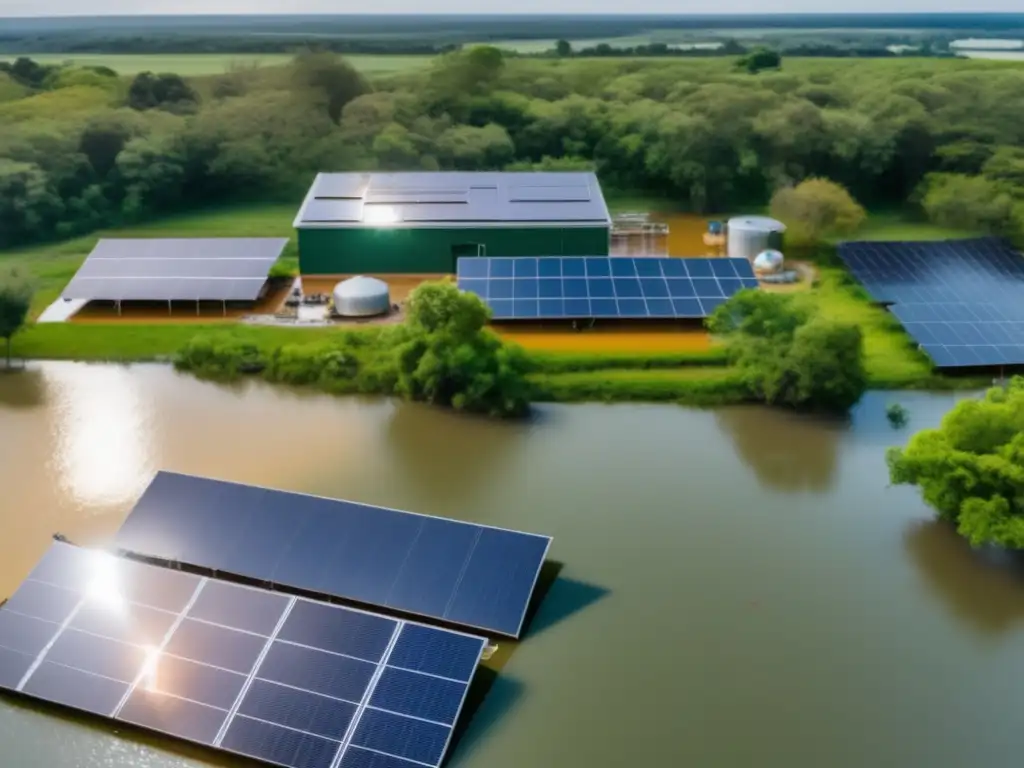
Renewable Energy Solutions for Post-Hurricane Recovery
Hurricanes often result in power outages that last for weeks or even months. During this time, communities struggle to access basic necessities such as refrigeration, lighting, and communication devices. Renewable energy solutions such as solar panels and wind turbines can be used to provide electricity in the aftermath of a hurricane.
Energy Storage Technologies
To ensure that the energy generated from these sources is available when needed, efficient energy storage technologies such as batteries and capacitors can be utilized. This enables communities to store excess energy during times of low demand and use it during peak periods or when the power grid is down.
Distributed Energy Grid for Resilience
Moreover, a distributed energy grid can be established, consisting of micro-grids that operate independently of the central power grid. These micro-grids can be powered by renewable energy sources and provide power to specific neighborhoods or critical facilities. This enables communities to continue functioning even if the central power grid is down and ensures that essential services such as hospitals and emergency responders remain operational.
Frequently Asked Questions
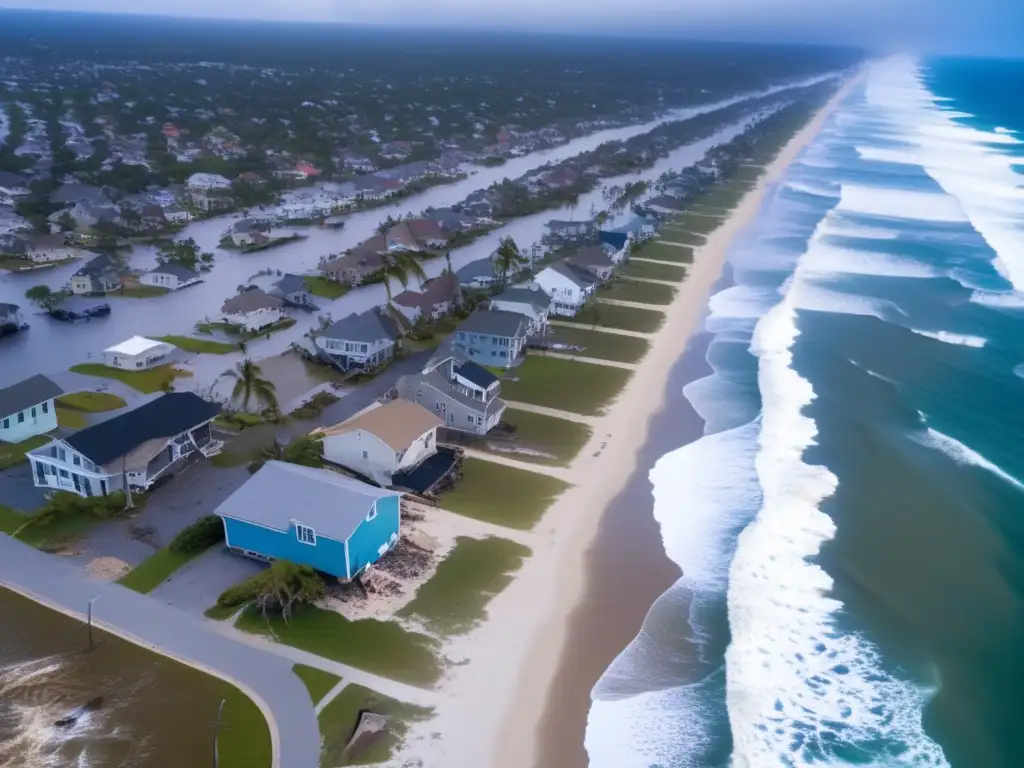
-
What are some technologies used in post-hurricane recovery?
Some of the technologies used in post-hurricane recovery include AI-assisted damage assessments, smart homes and IoT devices, 3D printing, and efficient energy storage and distribution.
-
Why are AI-assisted damage assessments useful in post-hurricane recovery?
AI-assisted damage assessments are useful in post-hurricane recovery because they enable quick and accurate assessments of infrastructural damage, streamlining the insurance claims process, and providing valuable insight into resource allocation decisions.
-
Are there any mobile 3D printing deployments in post-hurricane recovery efforts?
Yes, mobile 3D printing deployments are utilized in post-hurricane recovery efforts as they allow for the quick and affordable production of necessary materials onsite.
-
How do IoT devices help mitigate the impact of hurricanes on homes?
IoT devices can detect environmental factors that indicate the approaching storm and reinforce the home's structural integrity, making them more disaster-proof. Moreover, they can provide real-time updates on the storm, enabling residents to make informed decisions about safety.
-
What is a distributed energy grid, and how does it help in post-hurricane recovery?
A distributed energy grid consists of micro-grids that operate independently of the central power grid. These micro-grids can be powered by renewable energy sources and provide power to specific neighborhoods or critical facilities, ensuring that essential services remain operational even if the central power grid is down.
Conclusion
Technology has played a significant role in post-hurricane recovery efforts, providing innovative solutions to some of the most pressing challenges facing communities affected by hurricanes. AI-assisted damage assessments, smart homes and IoT devices, 3D printing, and efficient energy storage and distribution are just a few of the technologies that have been developed to aid in these efforts. The use of these technologies enables faster, more accurate assessments, aids in rebuilding and repairing homes, and ensures that vital services remain available in times of crisis. Moreover, these technologies help to empower communities to become more resilient to future storms and other natural disasters.
If you live in a hurricane-prone area, it is critical to stay informed about the latest technological advances and incorporate them into your emergency preparedness plan. Organizations such as hurricaneinsider.org provide valuable information and guidance on how to prepare for and respond to hurricanes. We encourage readers to share their thoughts in the comments section and positively engage with hurricaneinsider.org by subscribing, sharing the article on social media, or other forms of participation. Thank you for reading this article, and we hope it has provided valuable insights on technology's role in post-hurricane recovery.
Additional Resources

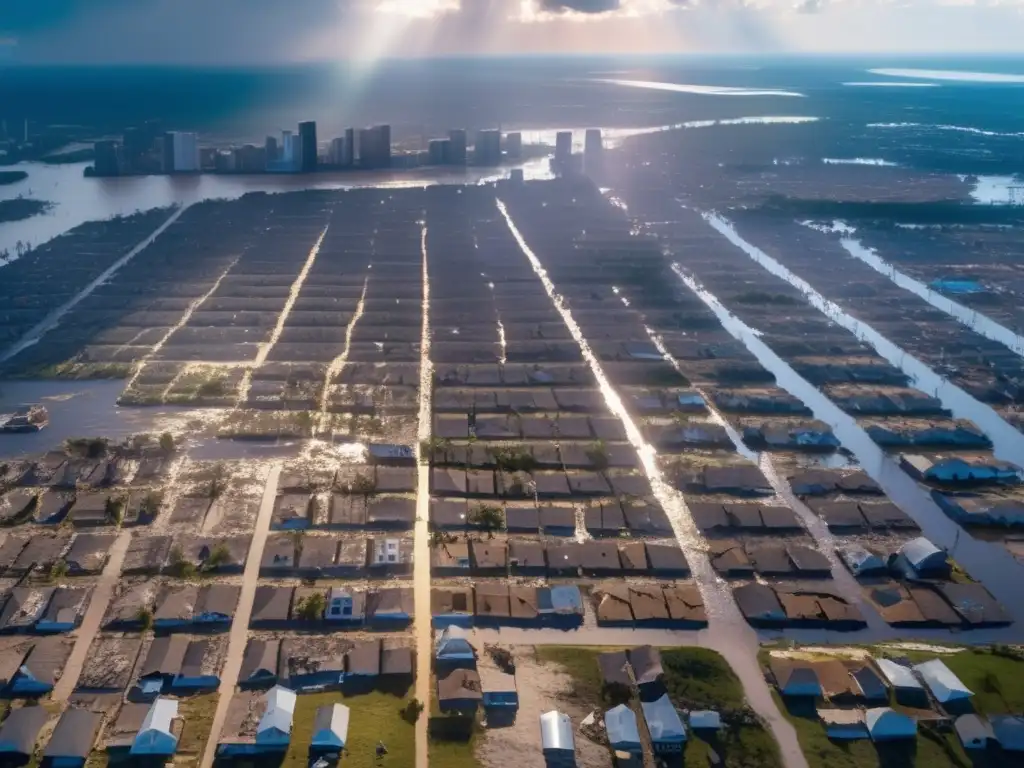 Financial Donations And How They Help Post-Hurricane Recovery
Financial Donations And How They Help Post-Hurricane Recovery Community Storytelling: Sharing Experiences After A Hurricane
Community Storytelling: Sharing Experiences After A Hurricane The Economic Impact And Recovery Of A Community Post-Hurricane
The Economic Impact And Recovery Of A Community Post-HurricaneIf you want to discover more articles similar to Technology In Post-Hurricane Recovery: Innovations That Help, you can visit the Hurricane recovery: category.
Leave a Reply

Articulos relacionados: